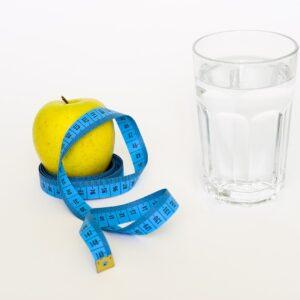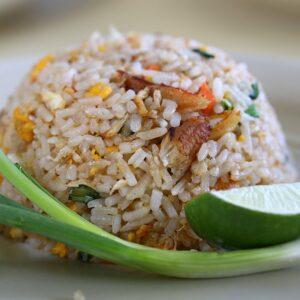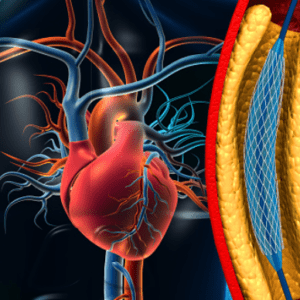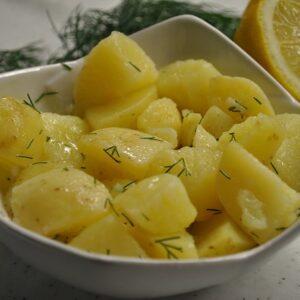Introduction to What is Dietary Fiber?
So, what is dietary fiber? Dietary fiber is any non-starch polysaccharide (NSP) that can be digested by human beings without producing gas or flatulence. The main types of fiber available are as follow:

Soluble – soluble fiber is made up mainly of cellulose, which consists mainly of long chains of glucose molecules linked together by hydrogen bonds. It’s an important part of plant foods and can be added to flour products or whole grains to make them more digestible.
Insoluble – insoluble fiber consists mainly of chitin or glucan a type of sugar. It’s found in seeds, nuts and beans as well as vegetables such as legumes, beans, peas, cabbage, and sprouts. These foods are rich sources for insoluble fibers because they contain large amounts of water-soluble carbohydrates that can be easily broken down into smaller parts by enzymes in the digestive system. Insoluble fibers are less effective at passing through the small intestine intact than soluble fibers. Insoluble fibers can also cause flatulence.
Dietary Fiber Consistency
The amount you need daily depends on your age. How active you are? Your weight. How much you exercise? How often you eat certain kinds of food? Whether or not you have diabetes, high cholesterol or high blood pressure and your body fat percentage is more than 25%.
Dietary Fiber Characterization
Dietary fiber is a substance in the diet that helps to slow down digestion and absorption of food. It is important for health.
It is also not a good idea to eat too much fiber, which can increase your risk of colorectal cancer. However, research have shown in the later stage with highly consumed of dietary fiber could reduce the risks of incident colorectal adenoma.
The fiber in your diet should be considered a complete food source, not just a supplement. That’s because fiber is not just a carbohydrate. It plays an important role in helping to slow down the absorption of nutrients and help you feel full.
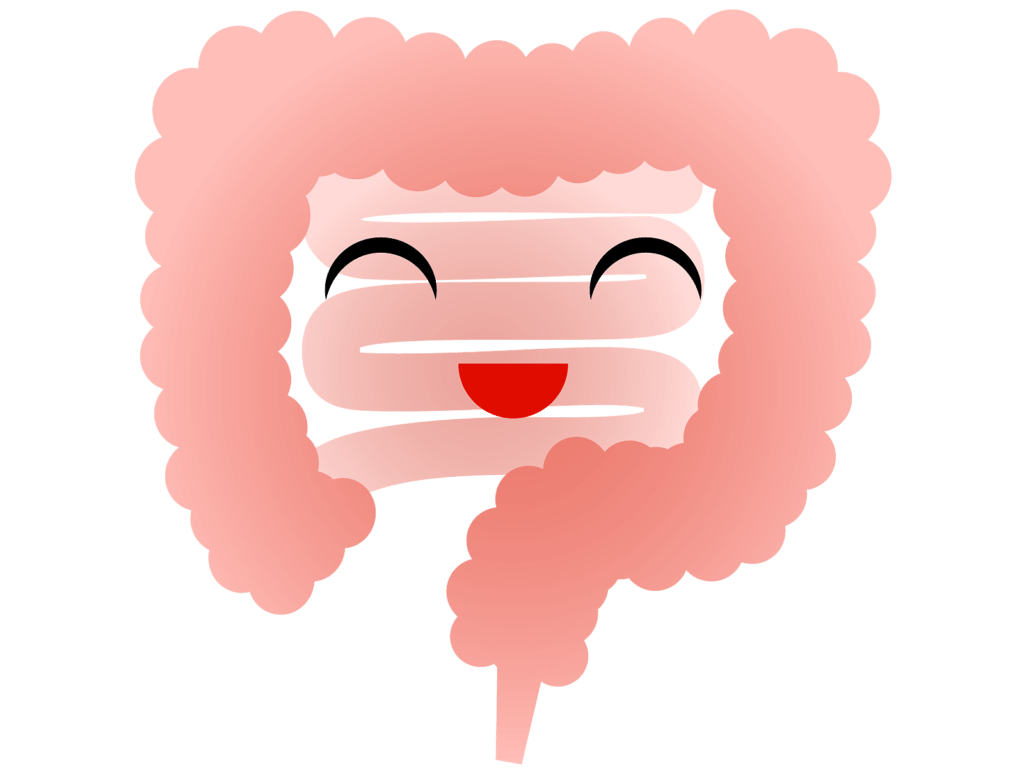
Fiber is one of many substances in our food that are broken down by enzymes into non-digestible energy.
In general, we need more dietary fiber than we can get from foods. Some people need more than others or none at all! But if we don’t get enough dietary fiber in our diet. We can’t absorb enough nutrients to make up for it! This is because the quality of our digestive system depends on the amount and type of dietary fibers consumed and the way it is digested.
What kind of dietary fibers do you need? The most important thing to know about their effects on health is that. They help keep us fuller longer. By slowing down how quickly we release liquids from our stomachs. Into our small intestine after eating something high in calories. Versus low in calories such as fruits or vegetables. Also, certain types may help us absorb certain vitamins and minerals as well as have an anti-inflammatory effect on our bodies — even if they don’t necessarily have any effect on weight loss!
Importance of the Dietary Fiber in Our Body

The dietary fiber is an indigestible carbohydrate that occurs in almost all plant foods. It’s a good source of calories and nutrients. The majority of dietary fibers are present in the form of water-soluble carbohydrates.
They exist in a soluble and insoluble form, but the level of insoluble fiber varies widely among people, depending on their body weight, age and exercise level.
In general, the average adult needs about 7 to 10 grams per day (4-5 grams for children), but the exact amount is affected by body weight, sex, exercise degree and diet.
Sources of Dietary Fiber
Dietary fiber is the part of food that you cannot digest. These fibrous components usually come from plant sources and are commonly found in fruits, vegetables, whole grain products, and other foods.
In the past few decades, people have been concerned over the amount of dietary fiber they are consuming. The high intake of dietary fiber has been identified as a problem in achieving optimal health through a reduced risk of colon cancer and cardiovascular disease, according to a recent study published in JAMA Internal Medicine in 2013.

A high intake of dietary fiber is an essential component to a healthy lifestyle because it helps prevent colon cancer and cardiovascular disease and improve body weight control.
In general, too much fiber can cause unwanted side effects like constipation and diarrhea or even worse—constipation that lasts for days! Too little fiber can cause bowel problems like abdominal pain or cramps, gas that’s hard to pass through your intestines, and irregular bowel movements.
Besides being important for good health in general, dietary fiber is also important for weight loss because it helps you feel full which may help you feel more satisfied with your foods after eating them. Some studies have also found that diets with greater amounts of dietary fibers can lead to lower levels of body fat mass than diets rich in less-fiber foods.
How Does the Dietary Fiber Affect Our Body?

Fiber is a milled material extracted from plants, which comprises about 60% of the whole mass of cereal grains. The key point to remember is that for our bodies to be able to process. It must pass through the digestive tract intact. This may mean that the fiber needs to be broken down into smaller parts before we can use them.
The active component in dietary fiber you consume is not the fiber itself (the non-digestible part) but rather what’s called insoluble fiber. This means that most of the fiber in our diets comes from fruits, vegetables and legumes. Which are usually responsible for 10% or less of our daily intake.
As with most things however, it all comes down to how much you consume. What kind of food you eat and how much you weigh? Too little dietary fiber and your body cannot process it. Too much and your body can’t use it either (this is why we need more “good sources”).
Is the Fiber Harmful for Our Health?
Dietary fiber is any substance that passes through the digestive system in the food we eat and helps keep our bodies from absorbing more calories than we are actually consuming.
It’s difficult to write about dietary fiber without getting into some technical issues. So, let’s look at the overview:
The three main types of dietary fiber are cellulose, pectin and resistant starch.

Cellulose is found in plants and fruits, but is generally not digested or absorbed by our body. It can be fermented by the gut bacteria to produce gas and toxins, which prevents people from eating large amounts of fiber-rich food.
Pectin is found in apples and other plants, but it doesn’t digest well as it is bound with water and isn’t absorbed by our gut bacteria. This means that people who consume a lot of fruit get a lot of pectin. To make matters worse. Apples contain seed bags that is contain seeds which are rich in pectin as well. As such, eating an apple at some point during the day will cause us to become very bloated!
Resistant starch also called amylopectin. It contains no water or pectin and is mostly resistant to bacterial fermentation. It doesn’t get digested easily either. Instead, it gets turned into compounds like glucose inside our bodies which drives blood sugar levels up rapidly. This means that if you have high blood sugar levels after eating foods containing high amounts of resistant starch such as whole-grain bread. Subsequently you might still get hungry because your blood sugar level will be too high for your stomach to handle!
However, this effect wears off over time as the body breaks down the resistant starch compound into glucose which gets reabsorbed via your intestines. So long term intake of resistant starch has no significant adverse effects on health!
Should We Eat More Dietary Fiber Food or Less Dietary Fiber
Let’s take a look at these dietary fiber benefits:
1) Better Digestion: Soluble fibers have anti-inflammatory properties to enhance digestion by helping to reduce intestinal inflammation. They also help you get rid of excess gas that may cause bloating or flatulence.
2) Thinner Belly: One study showed that people who eat a diet high in carbohydrates have a thinner waistline than people who eat a diet low in carbohydrates. This could come from the fact that people who eat high carbohydrate diets are more likely to be overweight. However, it could also be due to the fact that eating high carbohydrate foods makes you feel full faster so you eat fewer calories overall which reduces your waistline even further!
3) Lighter Skin: The skin on our bodies acts as a barrier between everything we put into our body. Our internal organs and tissues. As well as out into our environment such as air pollution and bacteria from other humans who breathe it in. As such having healthy skin makes us healthier overall since it protects all these things from spreading “infections” within our bodies.
Soluble fiber helps keep this barrier strong by allowing us to absorb more nutrients when we eat those foods. Thus, helping us achieve better skin health overall!
